Soldiers of the 1st Brigade Combat Team, 101st Airborne Division, hit the field Sept. 19-25 to conduct a Joint Live Fire Exercise, designed to increase platoons' ability to plan, integrate, employ and control critical enablers into their mounted and dismounted maneuver operations.
For Bastogne platoon leaders and sergeants, the exercise was a graduate level test of their ability and proficiency in fire planning, rehearsals, back briefs, and execution of combined arms operations, said Maj. Eric Kunak, fire support officer and JLFX planner.
During the scenario, leaders and their subordinates were expected to use combat multipliers including engineers, rotary-wing aircraft, fixed-wing aircraft and Combat Observation Laser Teams in order to achieve overwhelming fires on a much larger enemy force.
The exercise was akin to juggling chainsaws during a firefight.
"It was pretty overwhelming," said 2nd Lt. Stephen Tanger. Tanger's element did well overall, he said, although they had some communications issues during the first run through the lane.
The platoon's goal during the exercise was to seize an objective that was previously lost to enemy forces that has strategic importance, said Kunak, who said that being able to plan for and execute such a mission on such short notice is no easy task.
"This is definitely a graduate level exercise," he said. "All of these assets available to them: fixed wing, rotary wing, mortars, Unmanned Aerial Surveillance, artillery and engineers... this is a lot for a young lieutenant to be able to handle and manage."
In years past, these assets were managed at the company level, but more often, these young leaders are being asked to integrate combat multipliers at the platoon level, said Kunak.
After pushing through an ambush, and suppressing a larger sized enemy force by executing echelon of fires, the platoon then breached the objective using an engineer team while the maneuver unit seized the enemy held area.
From there the platoon experienced a counter-attack, which was much too large for them to handle, said Kunak, which forced leaders to make a decision to use close air support; in this case F-16 fighters.
Involving the Air Force's Joint Tactical Air Controllers, who are highly skilled at calling in precision strikes, added a new dimension to the exercise, said Staff Sgt. Jeremy Metzger, platoon sergeant.
"Managing multiple platforms who are all trying to destroy the enemy is really the essence of a joint operation," he said.
Metzger compares managing multiple assets to a three-dimensional chess game.
"It's pretty complex," he said. "It's like the chess game in Star Trek."
As Bastogne Soldiers and leaders master more of the intricate tasks of combat, they feel confident in their ability to defeat any enemy.
"This is such an important concept," said Kunak. "We are definitely where we need to be to remain lethal."
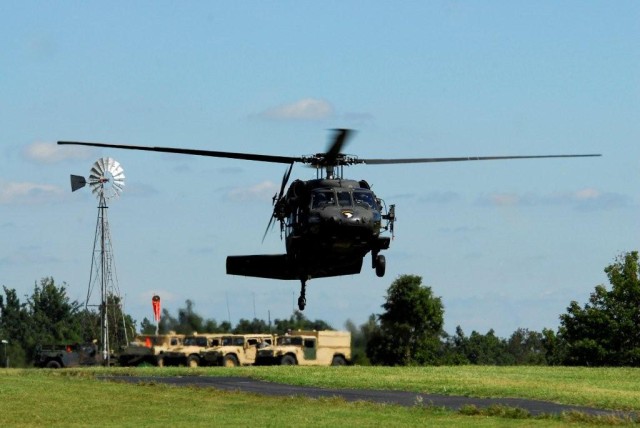
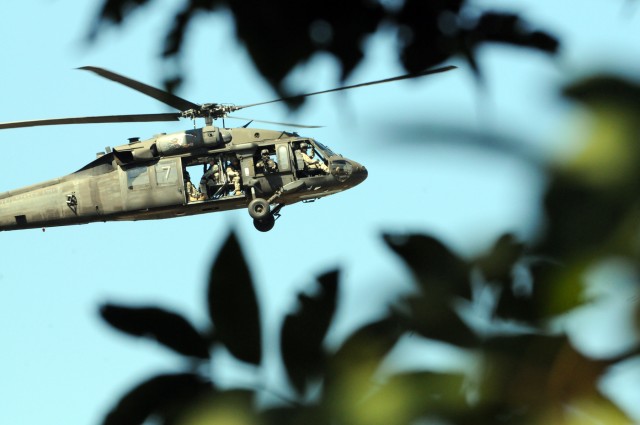
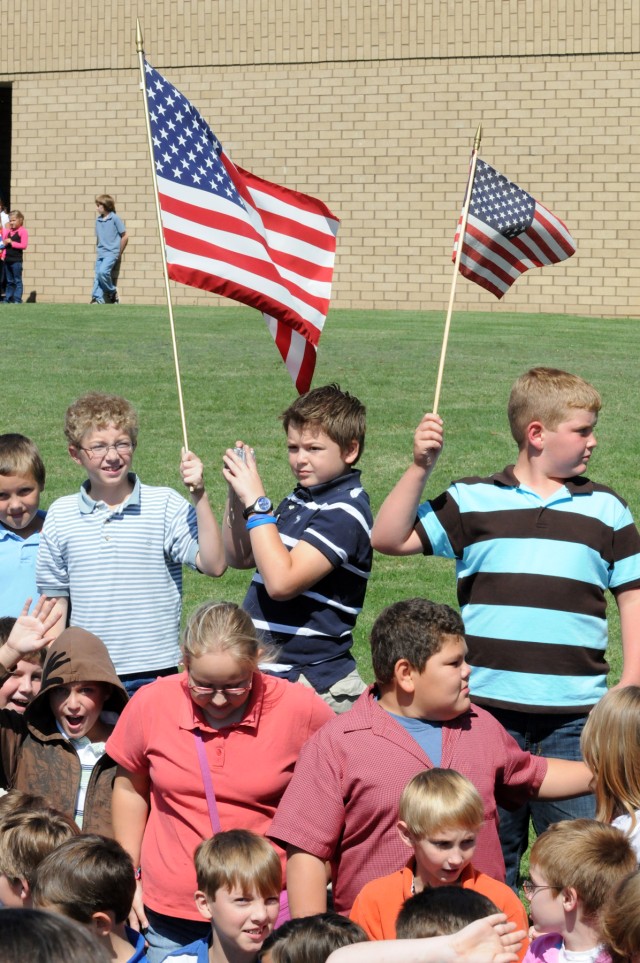
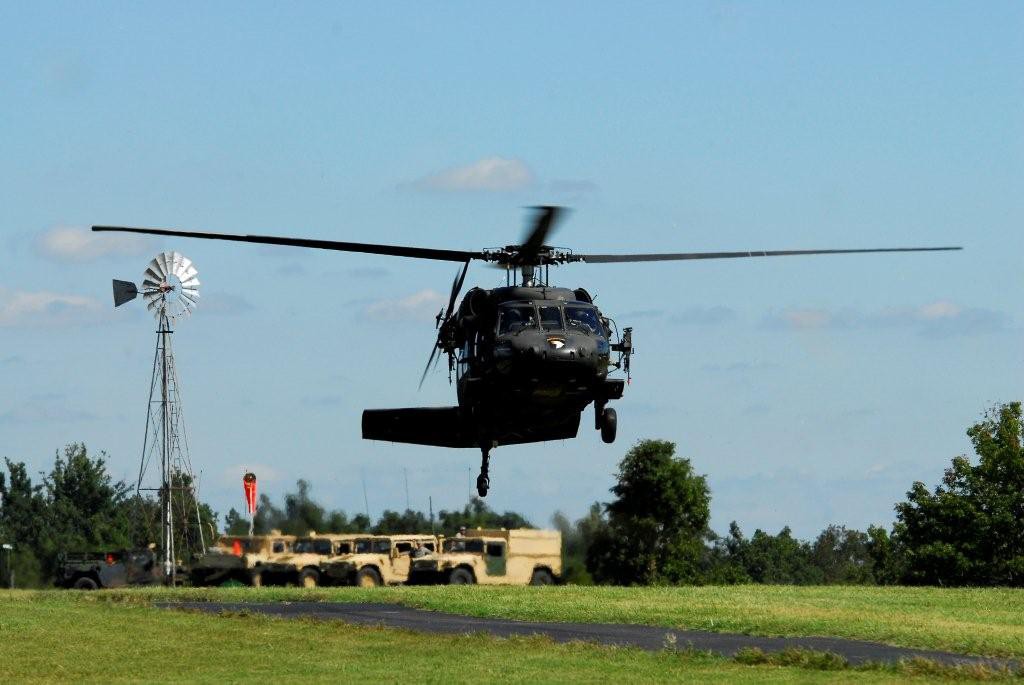
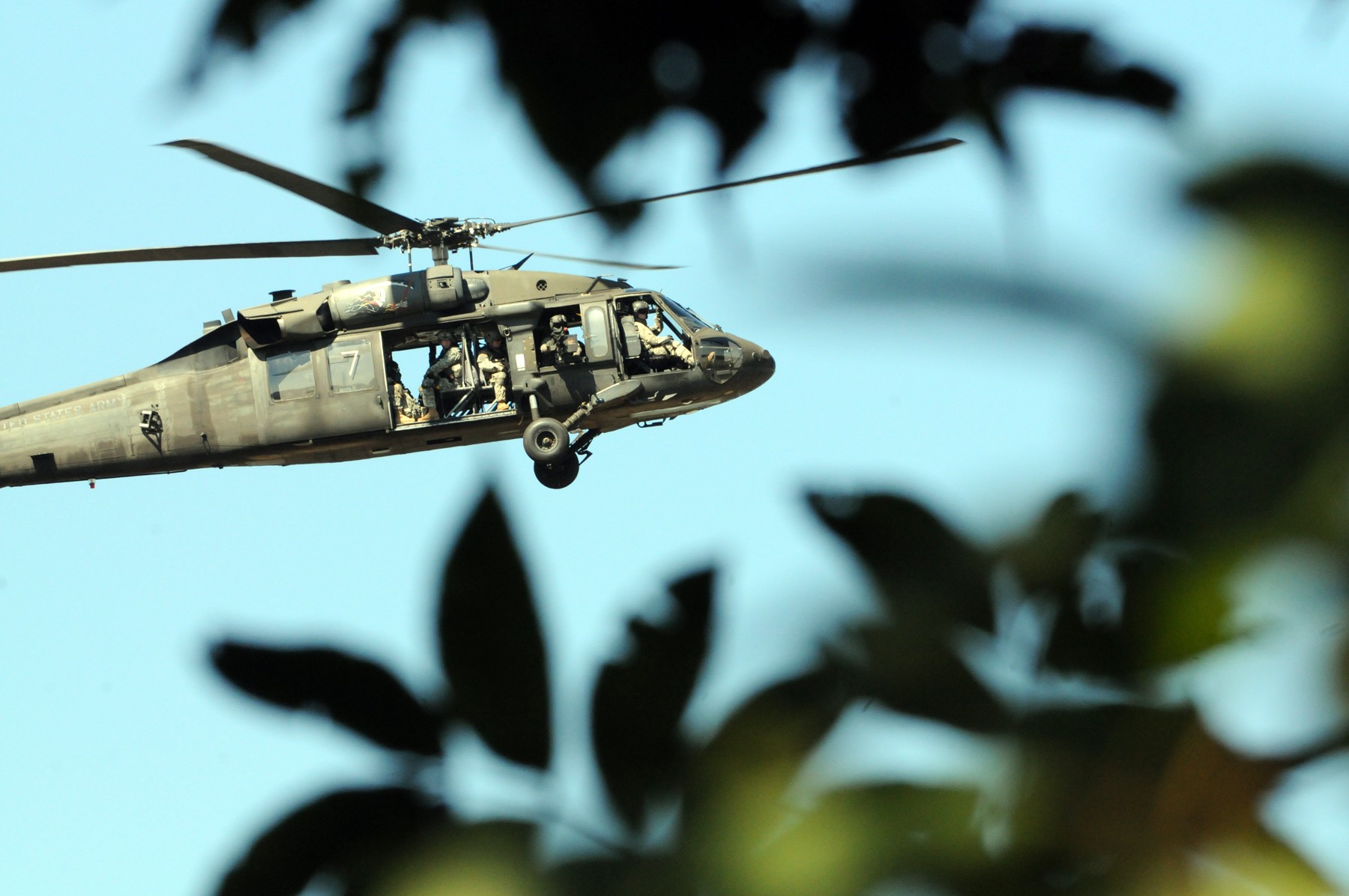
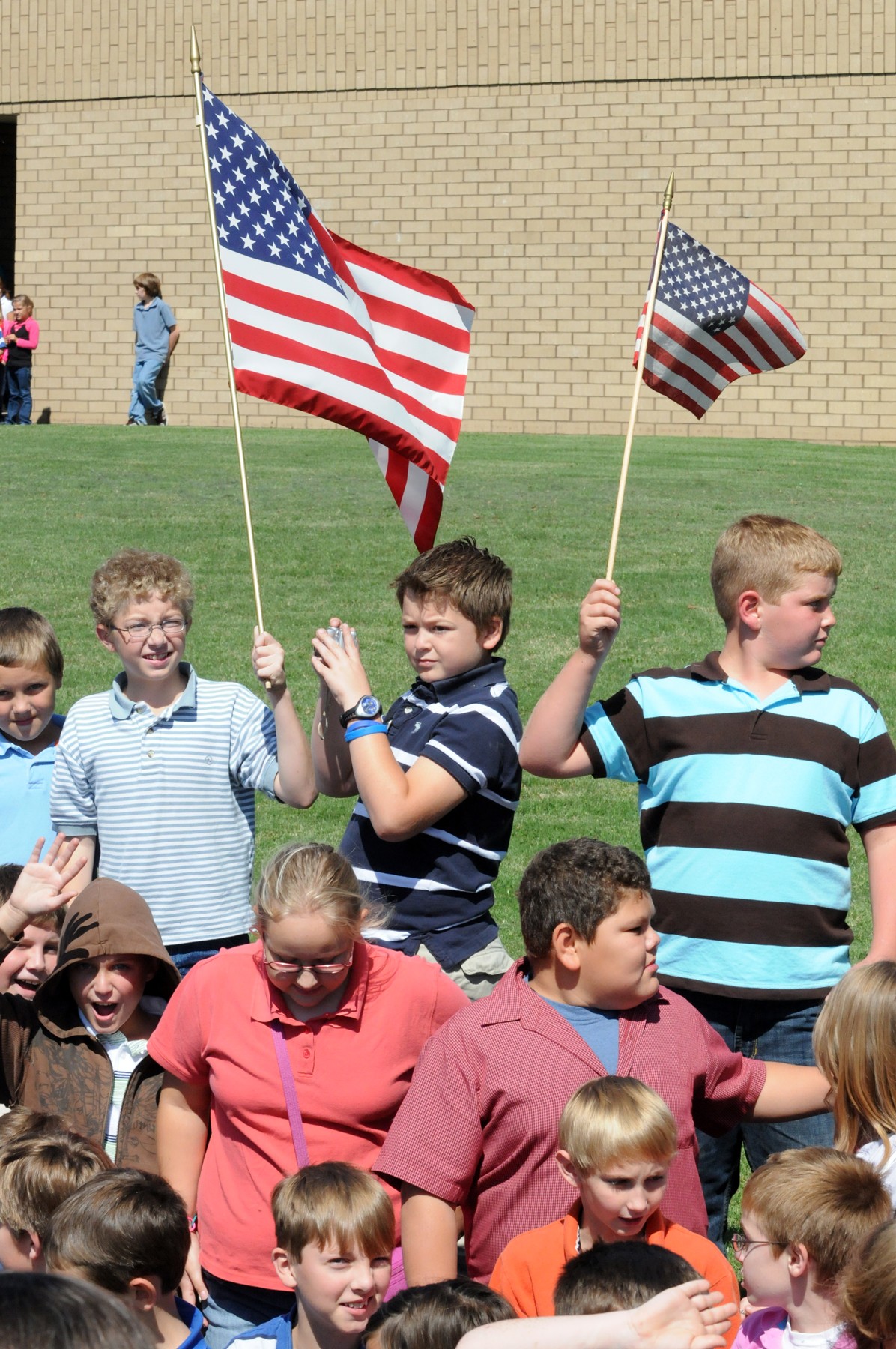
Social Sharing